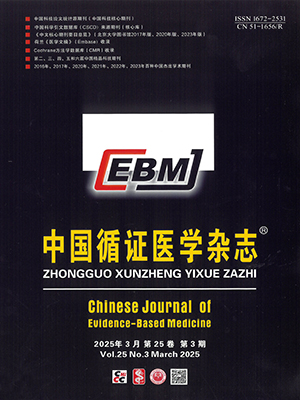Objective To evaluate the efficacy of artificial total disc replacement for lumbar degenerative disc disease compared with lumbar fusion and other treatment.
Methods We conducted electronic searching on The Cochrane Library (Issue 2, 2004) and Specialized Trials Register of Cochrane Back Group, MEDLINE (1966 to 2004),EMBASE (1980 to 2004) and CBMdisk (2003), some Chinese Journals were handsearched, and researchers in the field were contacted. Data were extracted and evaluated by two reviewers independently. The quality evaluation of studies and data analysis followed the methods of The Cochrane Collaboration.
Results Three studies including 152 patients met the inclusion criteria. Two studies used ProDisc Ⅱ, while the other one used SB-Ⅲ. The patients who received the disc replacement reported reduced pain and improved function in early postoperative period, better satisfaction rates at month 6 post operation; complications of operation were reported in two randomized controlled trials.
Conclusions The quality of the included trials is inadequate to draw any conclusion about the efficacy of artificial total disc replacement. More trials with high quality on methodology are needed. Artificial discs could preserve motion of diseased level in the short term. Protection of adjacent levels can only be assessed when large studies with long term follow-up are conducted.
Citation: HE Zu sheng,BAI Jing ping,XILIN Bao le ri,JIN Ge le,WU Tai xiang,LI Jing. Artificial Total Disc Replacement for Lumbar Degenerative Disc Disease: A Systematic Review. Chinese Journal of Evidence-Based Medicine, 2005, 05(2): 136-139. doi: Copy
Copyright © the editorial department of Chinese Journal of Evidence-Based Medicine of West China Medical Publisher. All rights reserved




